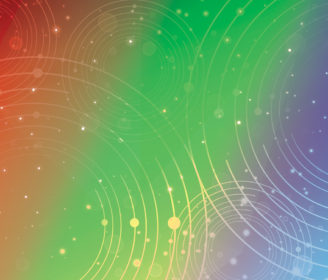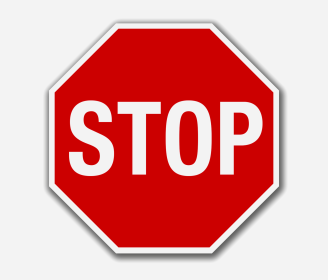Technology Brand Colors: Red, Bright and Blue
Technology brands operate in fiercely competitive markets where it’s essential to find ways to stand out and communicate unique value. That means a tech company’s logo and greater visual identity need to launch their brand storytelling on sight—signaling who they are, what makes them different, what kinds of promises they make and…




